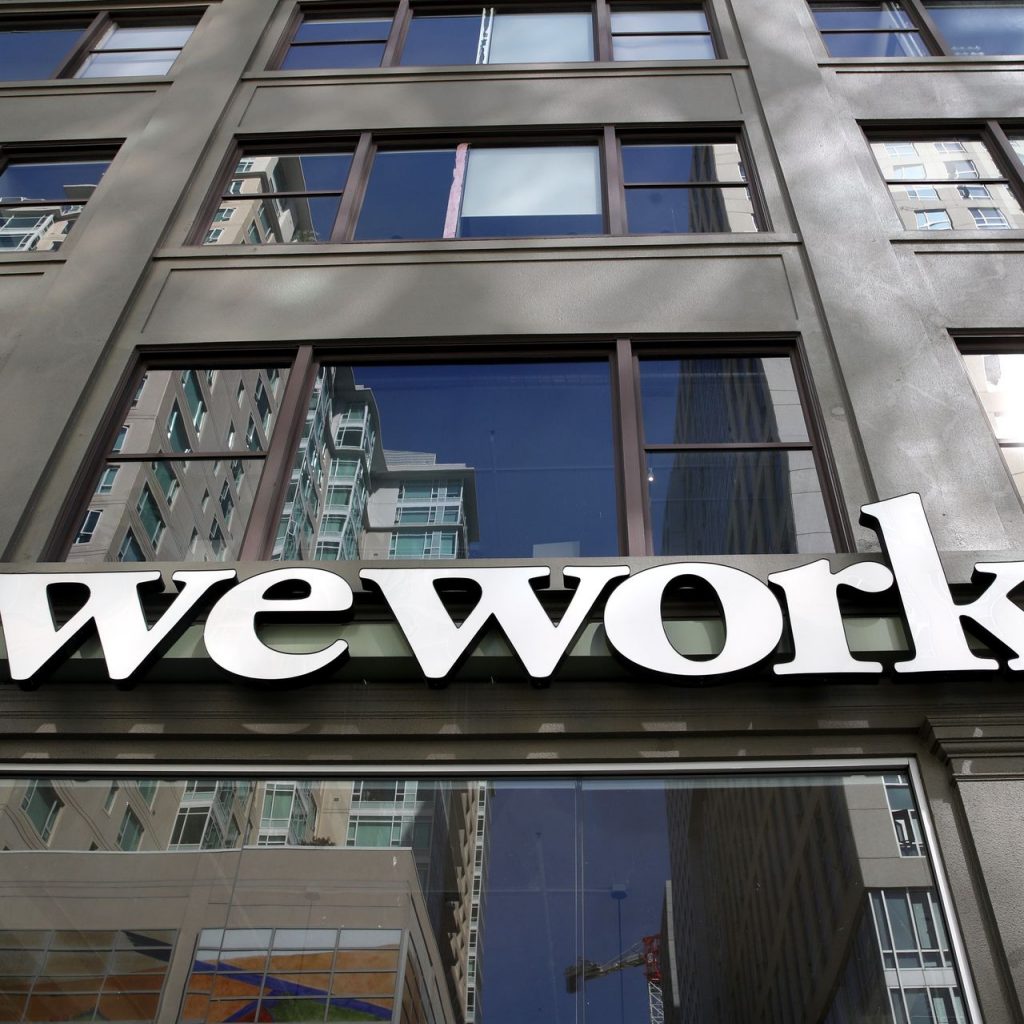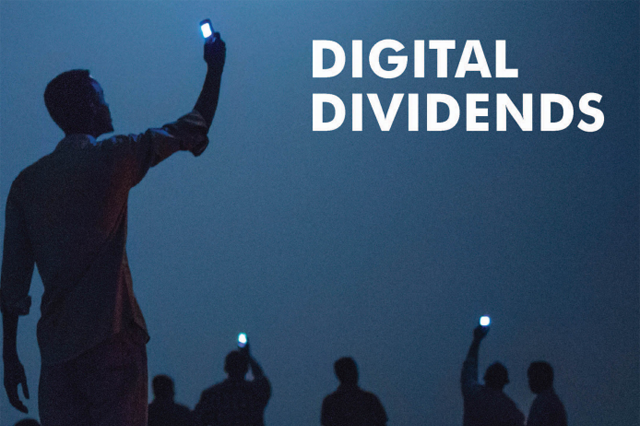Less than a generation ago a big part of the American Dream was owning your own home. But over the past 10 years or so, an increasing number of people are renting where they live rather than owning.
Which begs the question, is renting the new American Dream?
Who Is Renting Rather Than Owning?
When most people think of renters the first thing that comes to mind is kids in college sharing a place, recent grads just getting started in their chosen careers, or people of all ages who simply have no other choice but to rent.
These are all stereotypes, and nothing could be further from the truth.
The above describes the typical millennial – people who were born from the mid-90s up to about the year 2000. In fact, millennials make up the lowest net increase in renters of any age group in the U.S. housing market.
So exactly who is it that is opting out of the traditional American Dream and choosing to rent rather than own?
A post this month on the Rent Cafe Blog, The Biggest Game Changes In Renting Are Older, Highly-Educated Renters, And 2.5 Million Stronger analyzed data from the U.S. Census Bureau and does a very good job of answering that question.
Here are some interesting take-aways from that report:
- Seniors who choose to rent rather than own have increased by 28% over the past six years, representing nearly 2.5 million more renters.
- Renters that are highly-educated, i.e. those that hold a bachelor’s degree or higher, have increased by 23%.
- Families with no children – in particular empty nesters – who rent rather than own have increased by 21%.
This survey measures the change in renter profile over the past six years, from 2009 to 2015, and lends credence to the thesis that the increase in the rental population isn’t an aberrations.
Instead, the preference to rent a home rather than buy one is something that is here to stay.
Where The Renters Are
Across all of the above three renter categories – seniors, educated renters, and families without children – far more renters are choosing suburban locations versus urban dwellings.
The hot rental markets vary slightly based on age group, education, and family status. But since the growth in the rental market is coming from seniors, and because as baby boomers age the senior market will continue to grow in size, we’ll focus on that.
Looking only at the markets where seniors represent a growing market share in suburban locations, the top ten rental markets measured by net increase over the past six years are:
- Los Angeles
- New York
- Dallas
- Chicago
- Washington, D.C.
- Phoenix
- Miami
- San Francisco
- Riverside
- Tampa
Making Money From The New American Dream
With a trend like this of seniors choosing to rent rather than own in these top suburban markets, putting capital into rental housing here appears to be relatively low-risk investment and one with very predictable returns.
By the way, the analysis from Rent Cafe defines a senior as someone who is 55 years of age or older. We suspect more than a few of our readers would argue that one who is 55 years old is middle-aged and not a senior citizen.
While that’s likely true, another interesting point – at least for the purposes of investing – is that putting money into the ‘senior’ housing market means that the renters are not the nursing home type of resident that one might imagine.




